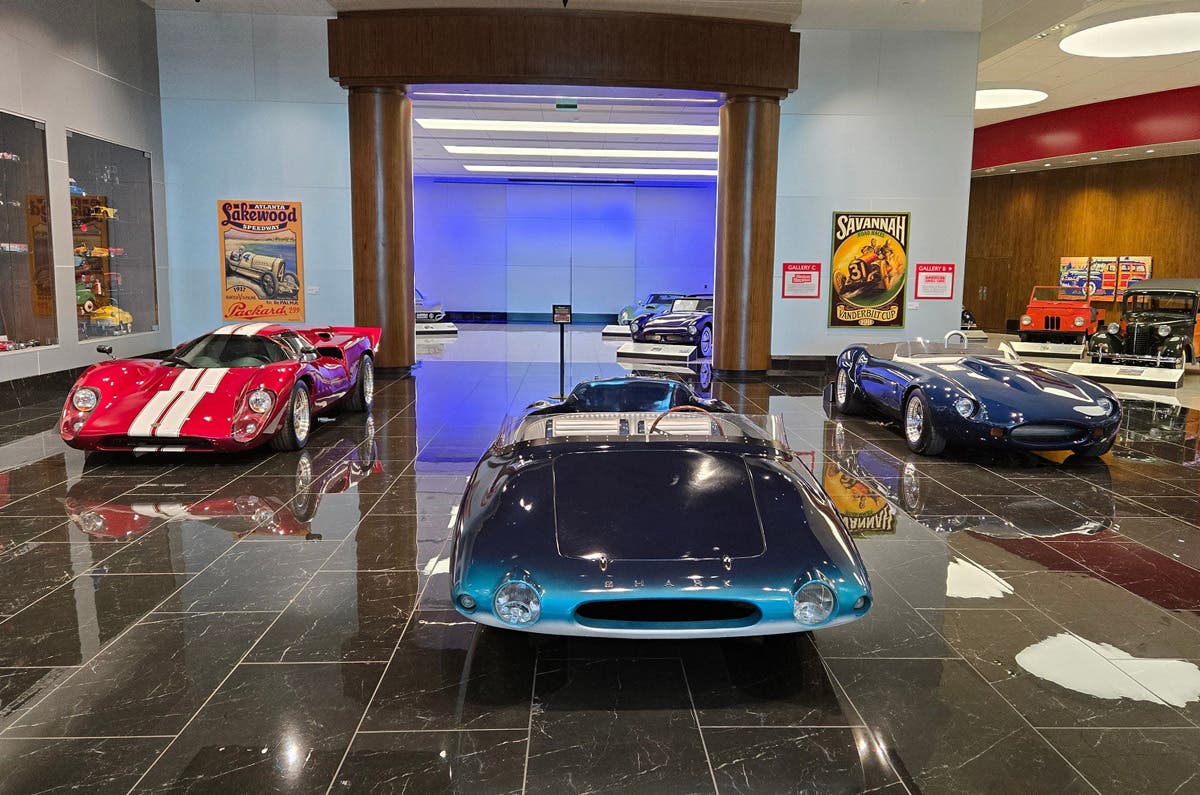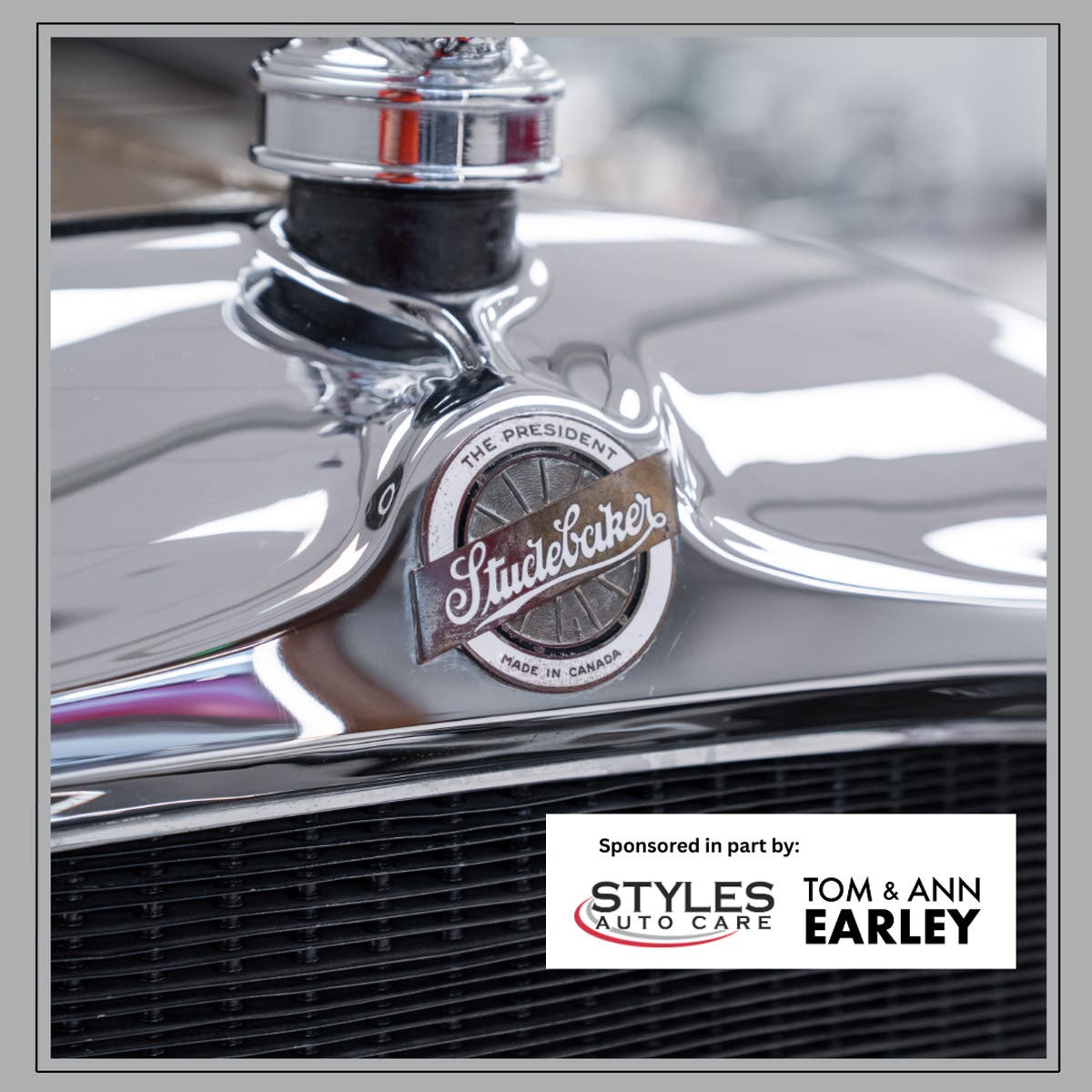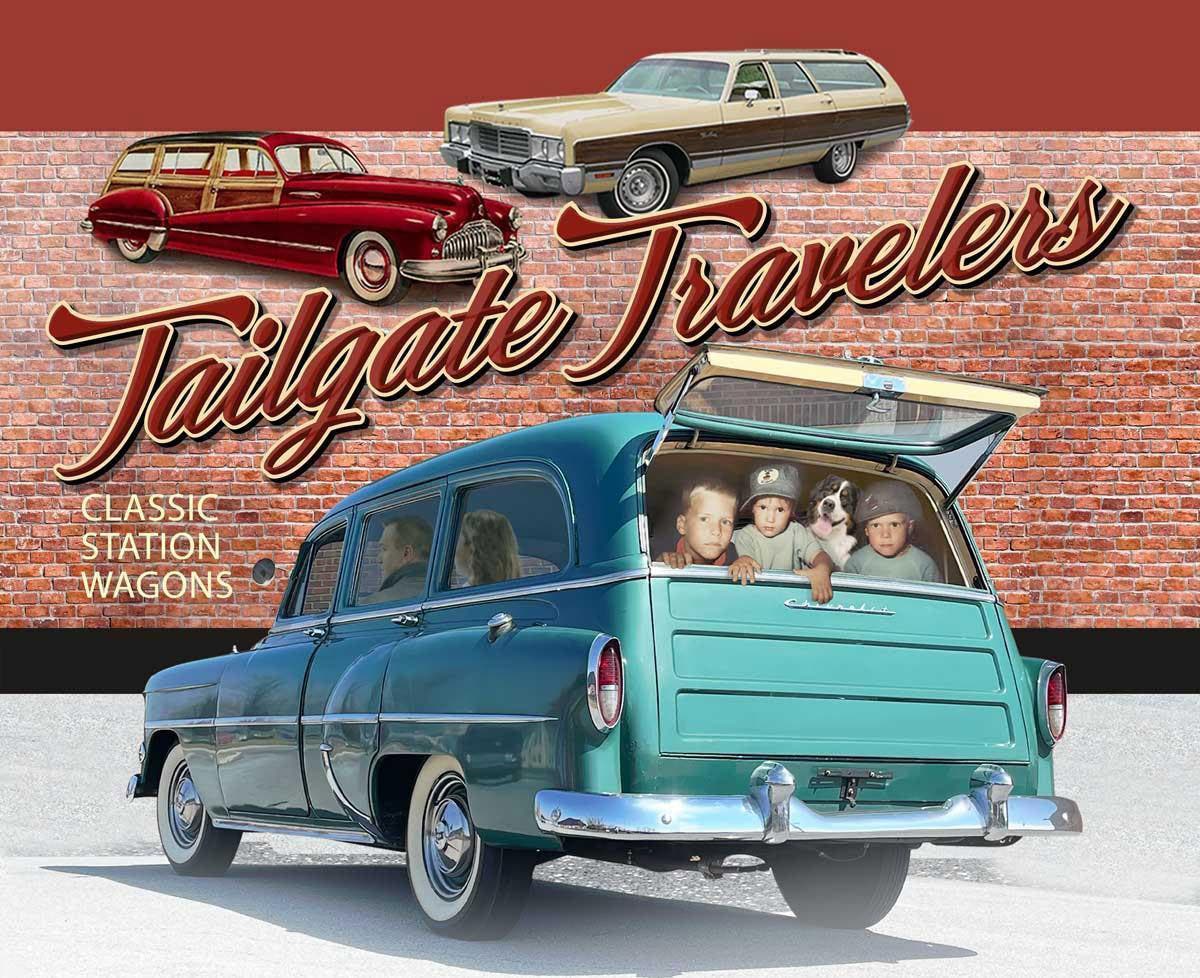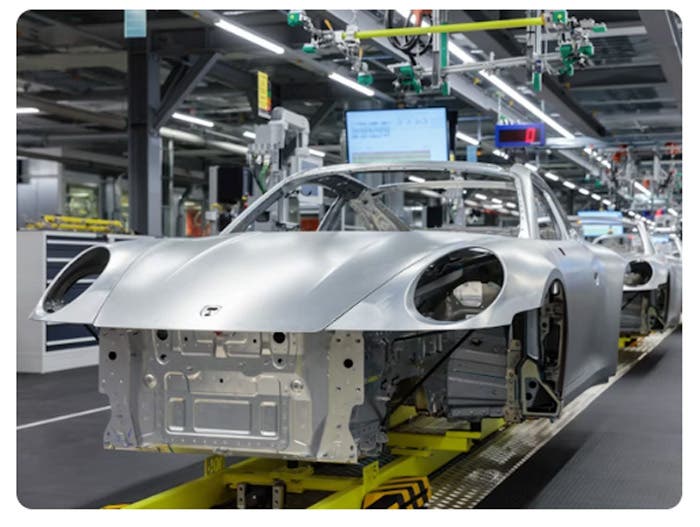When E.L. Cord acquired the struggling Duesenberg enterprise in September, 1926, he challenged Fred Duesenberg to create the best car in the world. Today, there is universal agreement that they succeeded. Out of this amazing collaboration grew our subject vehicle, known as J-461 (chassis No. 2490).
One only need look at the specifications of a Model J to appreciate what was accomplished. The Model J used a straight-eight powerplant of Fred Duesenberg’s design. Even today, the specifications sound cutting edge — dual overhead cams driving four canted valves in each hemispherical combustion chamber. The crankshaft was manufactured of chrome nickel steel with main bearings of an unusually large 2-3/4-inch diameter. The crank was both dynamically and statically balanced and incorporated a unique torsional vibration damper. A pair of cartridges not quite full of mercury was bolted to the crank between the first and second cylinders to cancel out-of-phase vibrations. This was accomplished by the shaking of the mercury.
Peak horsepower was 265 developed at 4,200 rpm, which was very high for the day. An incredible 88 mph in second gear and a top speed of 116 mph was possible, and that was in an unsupercharged car.
These extremely high standards extended to every part of the Model J’s meticulous construction. Each chassis, including that of No. 2490, is of molybdenum steel and is 8-1/2-inches wide at the tallest point of the frame rail while incorporating six crossmembers.
This cutting-edge engineering and custom coachwork came at a high price. A typical Duesenberg listed for approximately $16,500 when a contemporary Model A Ford roadster could be had for as little as $430.
It is not difficult for the casual enthusiast to appreciate the beauty of Duesenberg mechanics. Virtually every piece of the Model J’s engine and chassis appears to be a work of art. Your author recently had the privilege of driving a Duesenberg belonging to Gary Vick of Blanco, Texas. This was juxtaposed by an extended drive in a 1931 Austin Bantam the same day. In a modern context, it is easy to lose sight of the engineering that the Model J represented. However, when compared to the crude competition, the engineering achievements appear almost from different eras.
Even with the largest coachbuilt bodies, the big Model J accelerates smoothly with immense torque developed by its 420 cubic inches at very low rpm. This is a phenomenon virtually unknown in a modern automobile. One can slow to almost a walking pace in second gear and accelerate smoothly away. The Lockheed hydraulic brakes immediately check forward motion with no drama. The Model J is truly a Classic that can be driven at interstate speeds with confidence.
It is well documented that many movers and shakers of the 1920s and 1930s purchased Duesies. Many were famous, some infamous, but all interesting, nonetheless.
But what of our subject car, J-461? It was purchased new in 1931 by Seigfreid Roebling of Trenton, New Jersey, who was the grandson of George Washington Roebling of Brooklyn Bridge fame and heir to Trenton’s greatest fortune. The car was originally bodied by LaGrande as a swept-panel phaeton.
In 1932, the car was damaged, and in 1937, a used body from the Walter M. Murphy Co. of Pasadena, California, was finally fitted. This disappearing-top convertible coupe with rumble seat was even more unique than other similar Murphy creations in that it had dual rear-mounted spares with a custom bumper, and thus lacked the dual sidemount spares seen on most Duesenbergs. Murphy was responsible for more Duesenberg coachwork than any other body builder, and was known as the coachbuilder for “the young at heart.”
Sig married 37-year-old Mary Gindhart Graham in 1933. Research does not reveal when the Duesenberg passed out of the hands of the Roeblings, but as the original owners, their history is interesting to contemplate. It is not atypical of the “typical” Duesenberg owner.
On January 1, 1936, the Roeblings traveled to California for the Rose Bowl. Sig Roebling felt sick throughout the trip, and upon arrival, immediately retired to a Los Angeles hotel room where he died of a stroke at the age of 45.
The crown jewel of the Roebling’s business empire was the Trenton Trust Co. Soon after her husband’s death, Mary Roebling assumed the presidency of this august institution. One should not assume that Mary inherited a healthy investment. Instead, the bank was beset by the ravages of debt and the Depression. In spite of assets of $11 million and ownership of Trenton’s 14-story landmark headquarters, the bank was in debt almost $4 million and struggling to stay afloat.
On January 25, 1937, Mary read a statement to reporters crowded around her desk: “So many women have deposits in banks, so many women are interested in retail and wholesale business… it is only natural that women are being elevated to positions of an executive nature.” In spite of Mary’s brave public statement, she was sick with insecurity. Her father-in-law told her, “You have the rarest commodity in the world — common sense.” She would later say, “Everybody was busted, and the bank was busted, too.”
Eventually, Mary counted such notables as Joan Crawford, Agnes Moorhead, Van Johnson, Richard Nixon, and Edward R. Murrow among her friends. Although sturdily built at 5 feet, 7 inches, Mary sparkled on the social scene with her fine features, piercing blue eyes, and designer gowns.
Her Trenton townhome was a bastion of good taste and was decorated as a small palace with Roman sculptures, an indoor pool, and gold fixtures in the bathroom. Her close associate, Eunice Levie, said, “She knew how to play the game and she projected an aura of power and confidence. Even if you were close to her, as I felt I was, you still felt that aura.”
Mary died in 1994 at the age of 89 and left an estate estimated to be in excess of $250 million.
During the 1950s, the subject car was featured in ads for Quaker State motor oil. After many years, the car became the property of noted businessman and car collector William Buddig of Illinois. The Buddig family’s “Carl Buddig” brand is well known to American supermarket consumers. Budding commissioned legendary restorer Fran Roxas to restore the Duesenberg to the highest possible standard. Their results speak for themselves.
Today, the paint and brightwork appear flawless, and the restoration remains fresh. In typical Duesenberg fashion, the mechanics are jewel-like, and each individual component could be displayed as mechanical art. The woodwork is deep and lustrous with that indescribable look unique to 1930s creations.
Duesenberg J-461 was the property of Jerry J. Moore of Texas and was offered at a December, 2005, auction in Houston.
The history of Duesenberg ownership is awash with notables such as Mary Roebling and others, both famous and infamous. This tradition of ownership by the most interesting people of the day continues in the 21st Century. The cars and other artifacts they leave behind are a tangible connection to the lives of these history makers.








